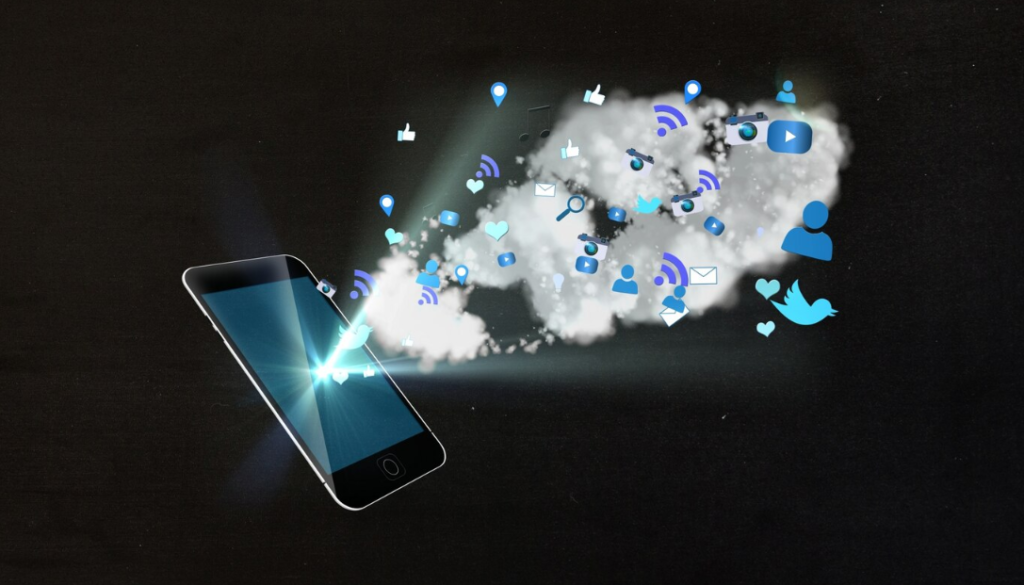Introduction
In the modern digital age, most people assume that the internet operates through satellites or wireless connections. However, the backbone of global communication relies on something far more tangible: undersea internet cables. These submarine fiber-optic cables stretch across the ocean floors, silently transmitting vast amounts of data at lightning speed. Despite their crucial role in global connectivity, these cables remain largely unnoticed by the general public. This article explores the hidden world of undersea internet cables, their importance, and the challenges they face.
The Role of Undersea Cables in Global Connectivity
How They Work
Undersea internet cables are made of fiber-optic strands that transmit data using pulses of light. These cables connect continents, enabling high-speed communication between countries and powering everything from social media to financial transactions.
Capacity and Speed
Unlike satellites, which have limited bandwidth and higher latency, undersea cables can transmit terabits of data per second. This makes them the preferred infrastructure for international internet traffic, supporting everything from cloud computing to video streaming.
Construction and Maintenance
Laying the Cables
Deploying an undersea cable is a complex process that involves specialized ships. The cables are carefully laid along the ocean floor, avoiding natural obstacles such as underwater mountains and deep trenches. Some cables stretch for thousands of kilometers, connecting major hubs across the globe.
Protection and Repairs
Despite their advanced engineering, undersea cables are vulnerable to damage from natural disasters, ship anchors, and even marine life. When a cable is damaged, repair ships must locate and retrieve the affected section before fixing it, a process that can take weeks.
Security and Geopolitical Importance
Vulnerability to Attacks
Because they carry critical data, undersea cables are potential targets for cyberattacks and sabotage. Nations and corporations invest in securing these cables to prevent espionage and disruptions to global communications.
Strategic Control
Undersea cables are also a geopolitical asset. Countries and tech companies compete to build and control these cables, ensuring faster internet speeds and more secure data transmission within their regions.
The Future of Undersea Cables
Advancements in Technology
Innovations in fiber-optic technology are improving the efficiency and durability of undersea cables. New materials and better data compression methods are increasing bandwidth capacity, ensuring that the world remains connected.
Expanding Global Access
As internet usage grows, new undersea cables are being deployed to connect underserved regions. Projects led by tech giants like Google, Facebook, and major telecom providers aim to enhance internet accessibility worldwide.
Conclusion
Undersea internet cables are the hidden arteries of global communication, quietly powering the modern digital world. Despite their invisibility to everyday users, they are essential for business, security, and daily internet usage. As technology advances, these cables will continue to play a crucial role in keeping the world connected, ensuring faster and more reliable communication across continents.


